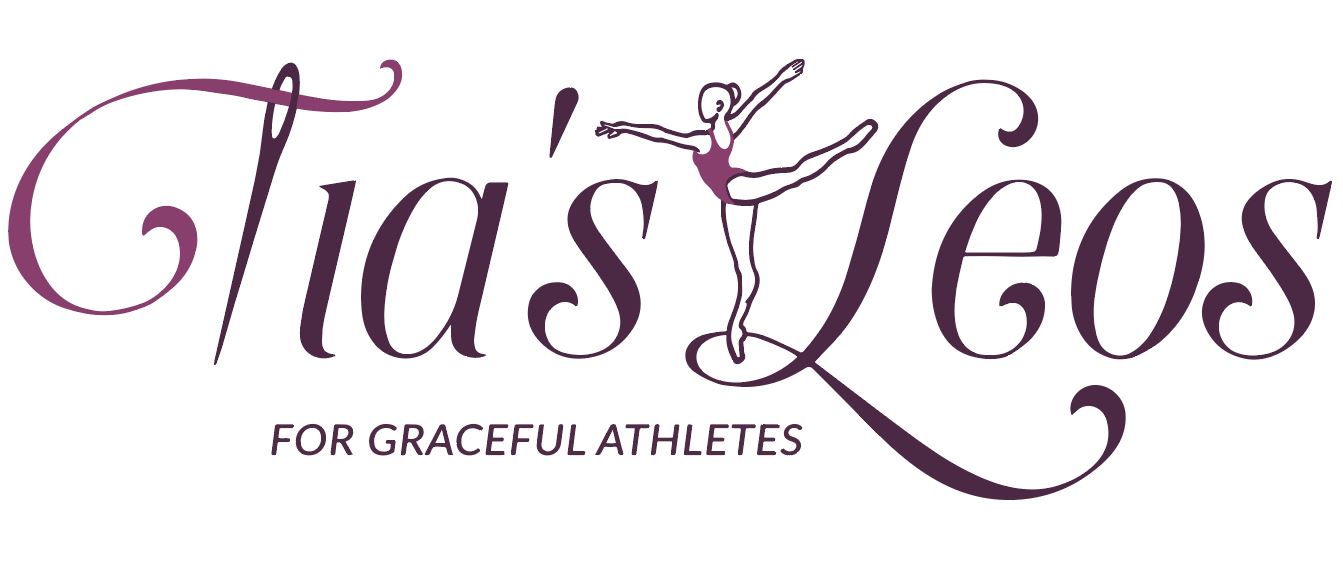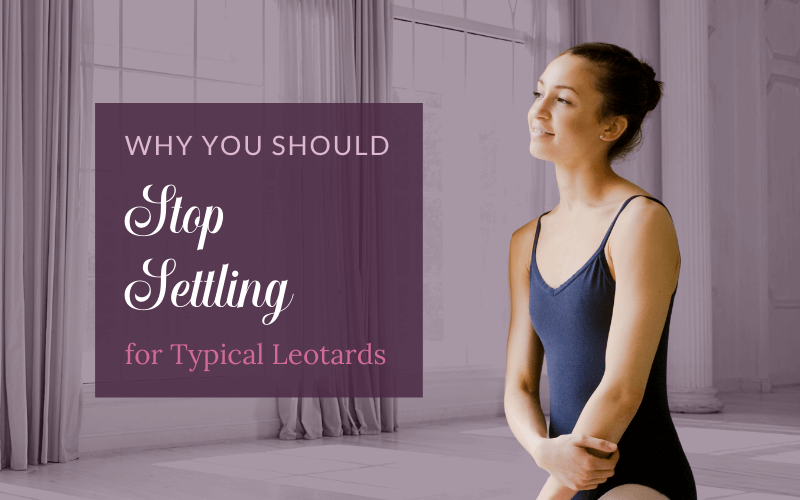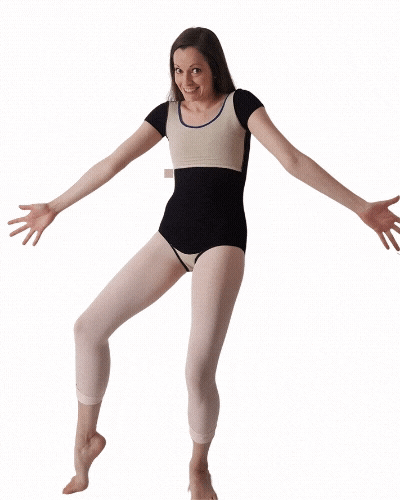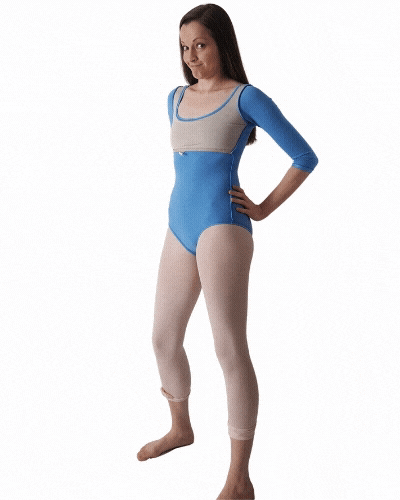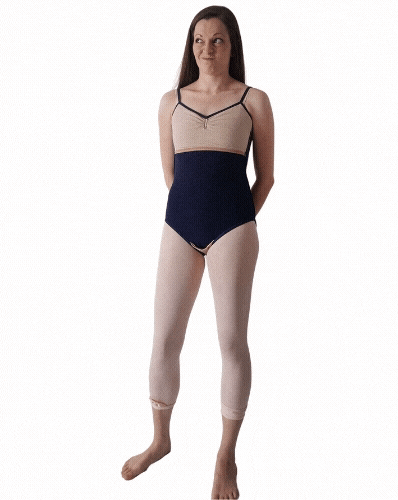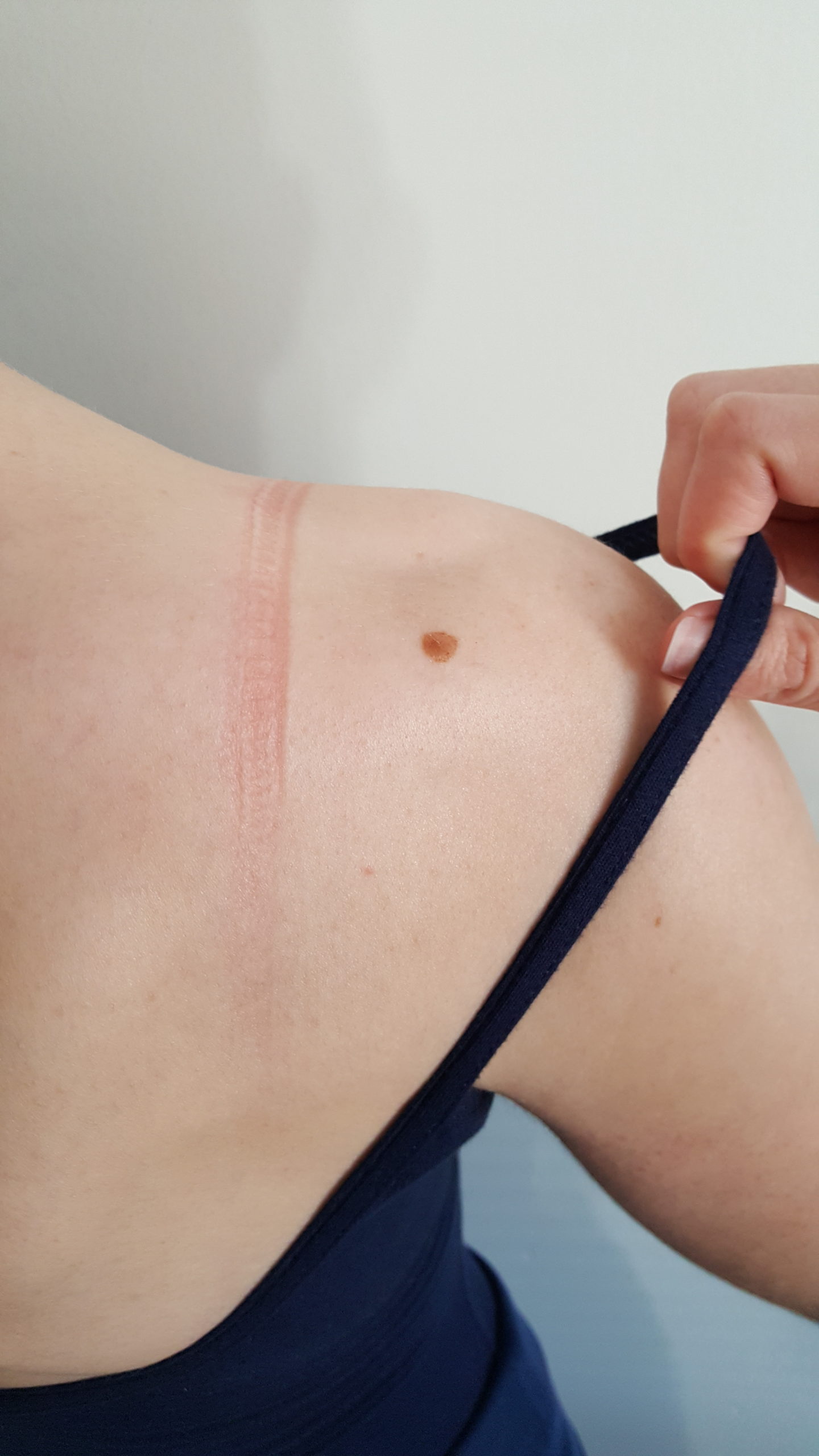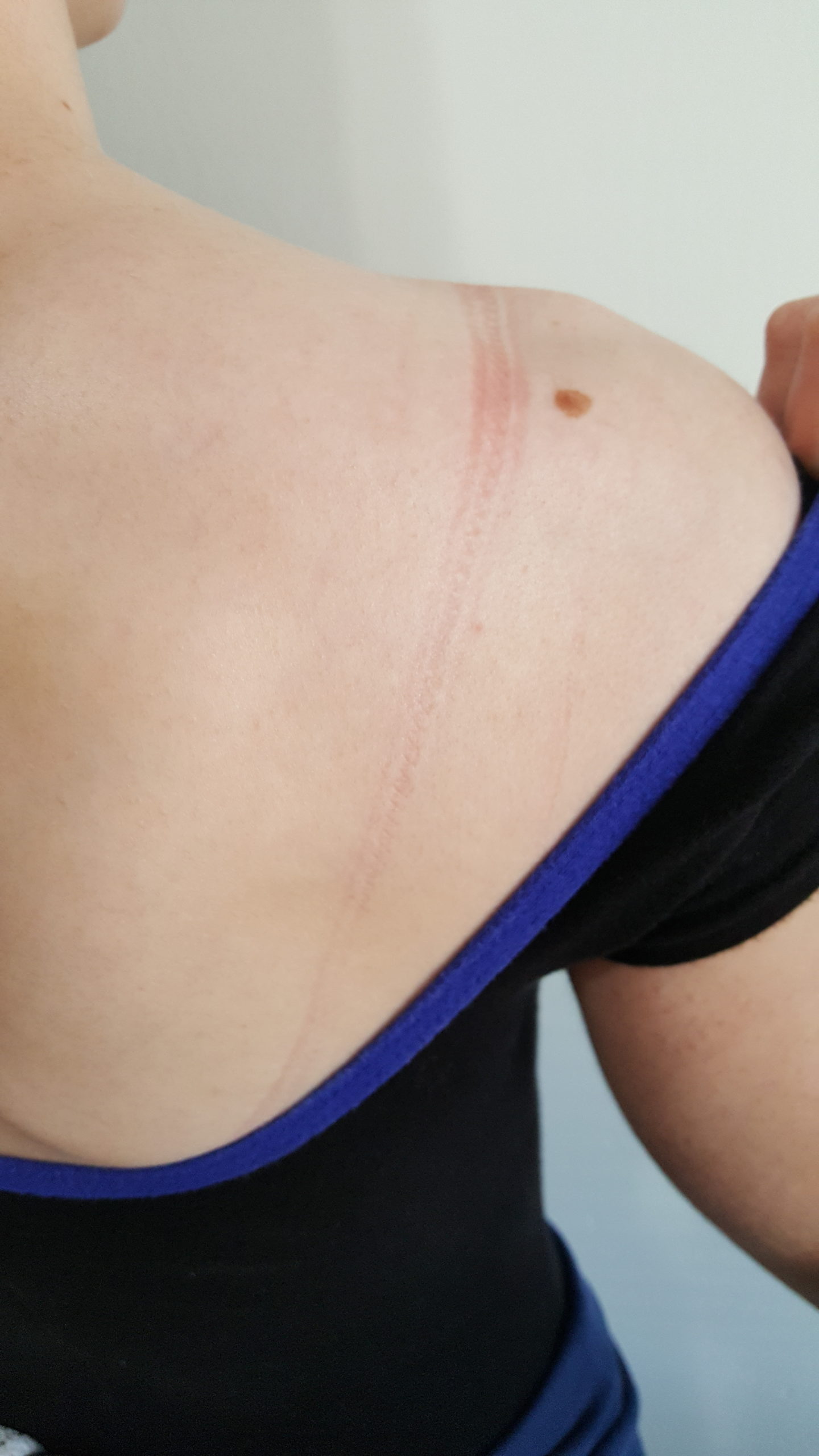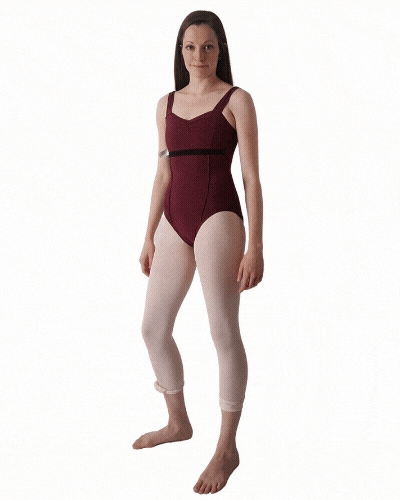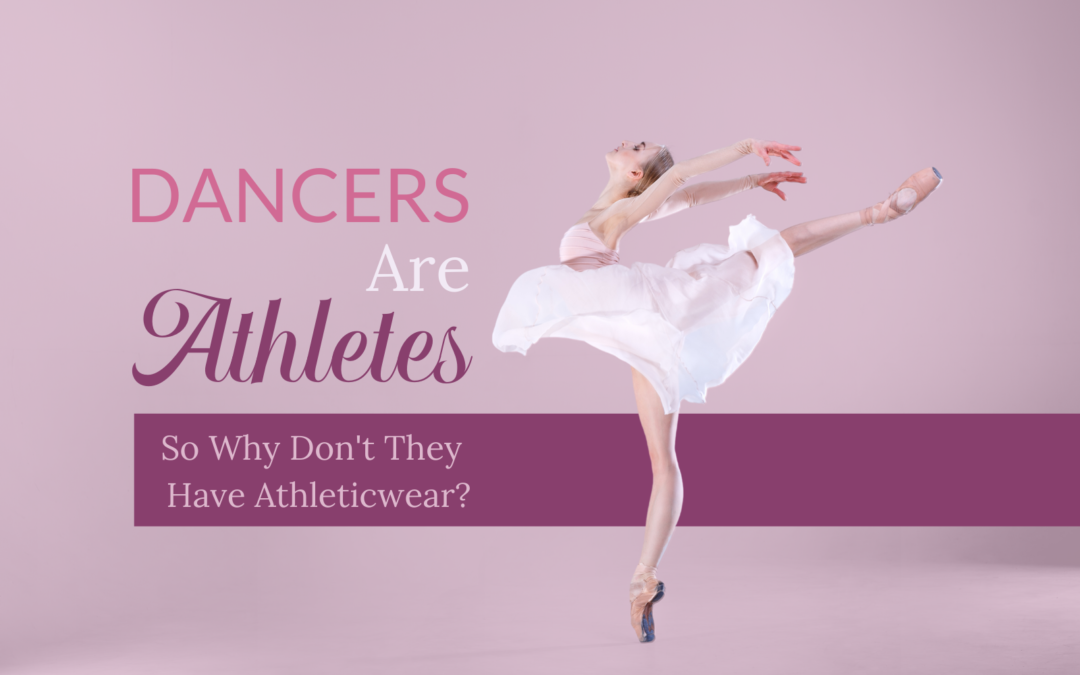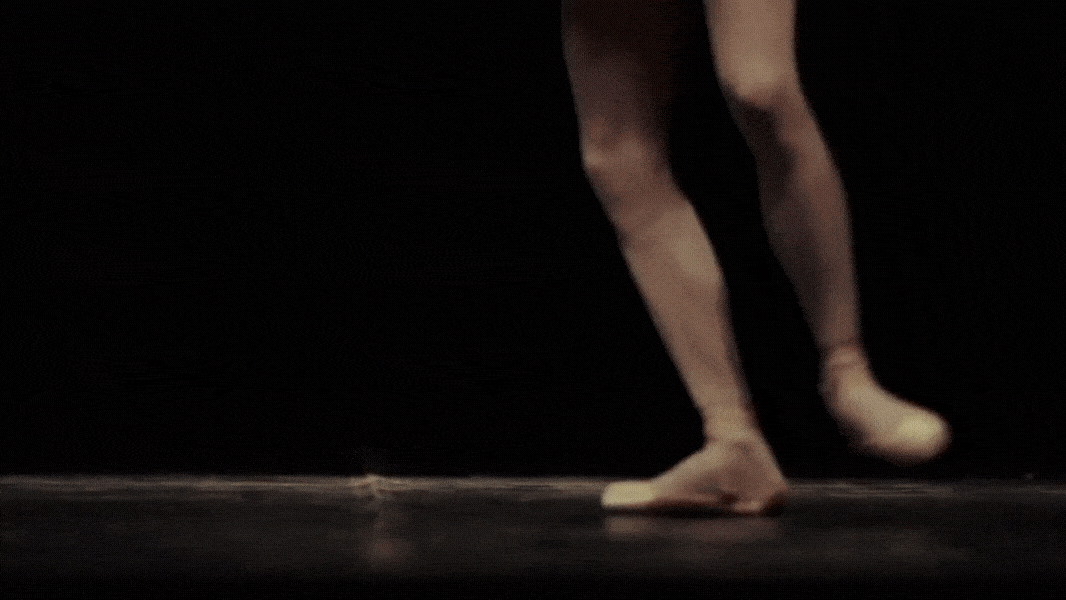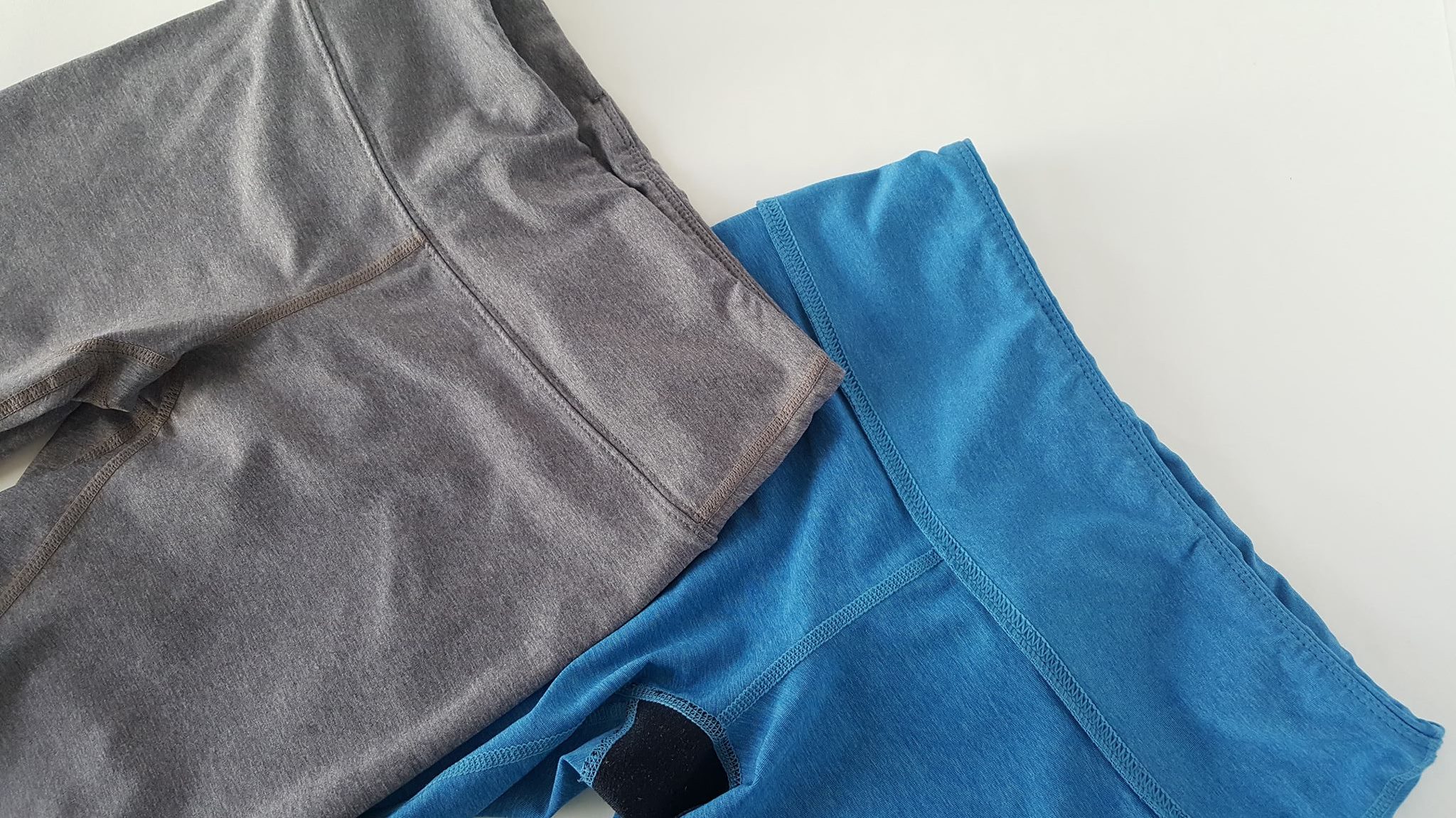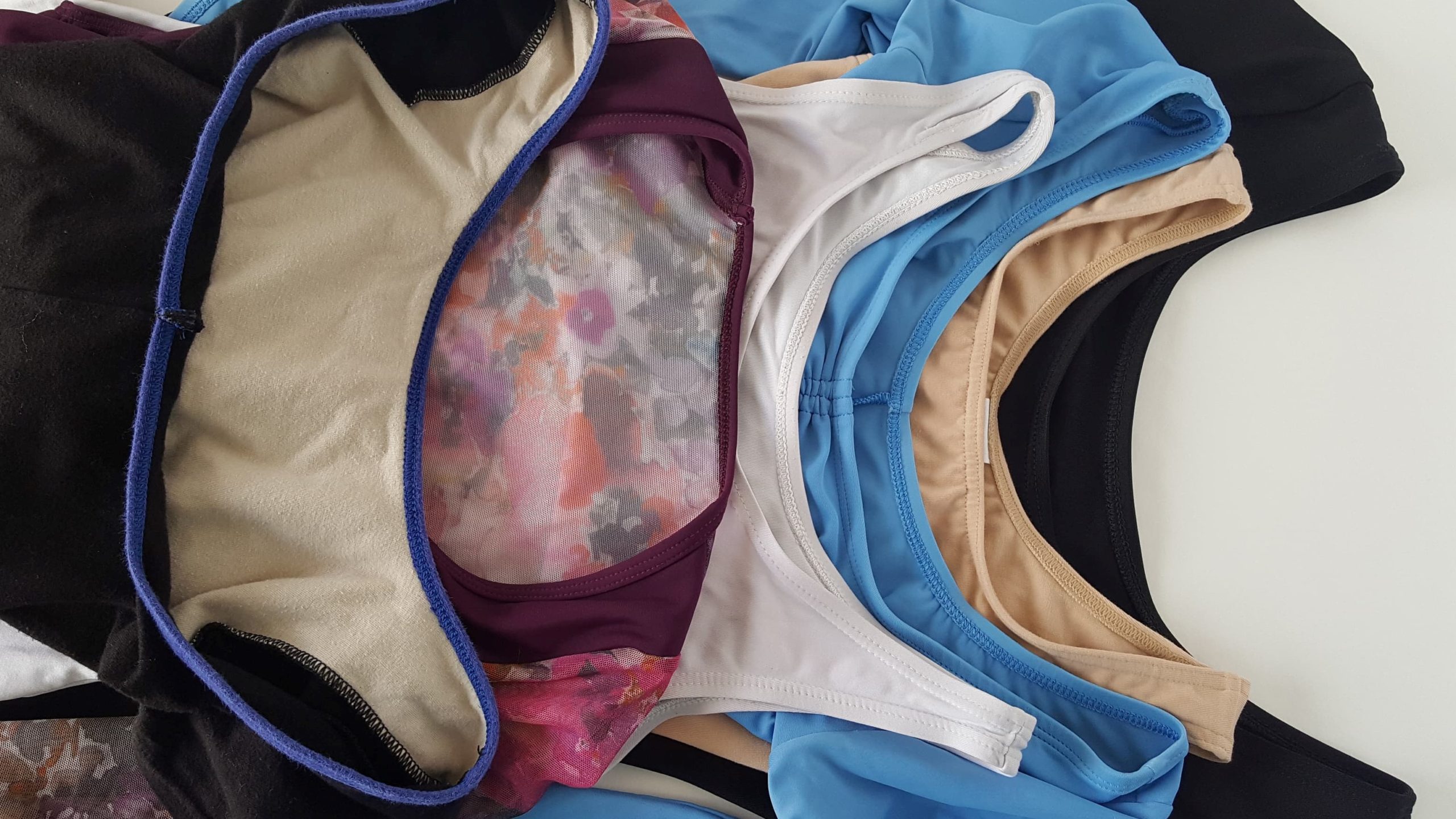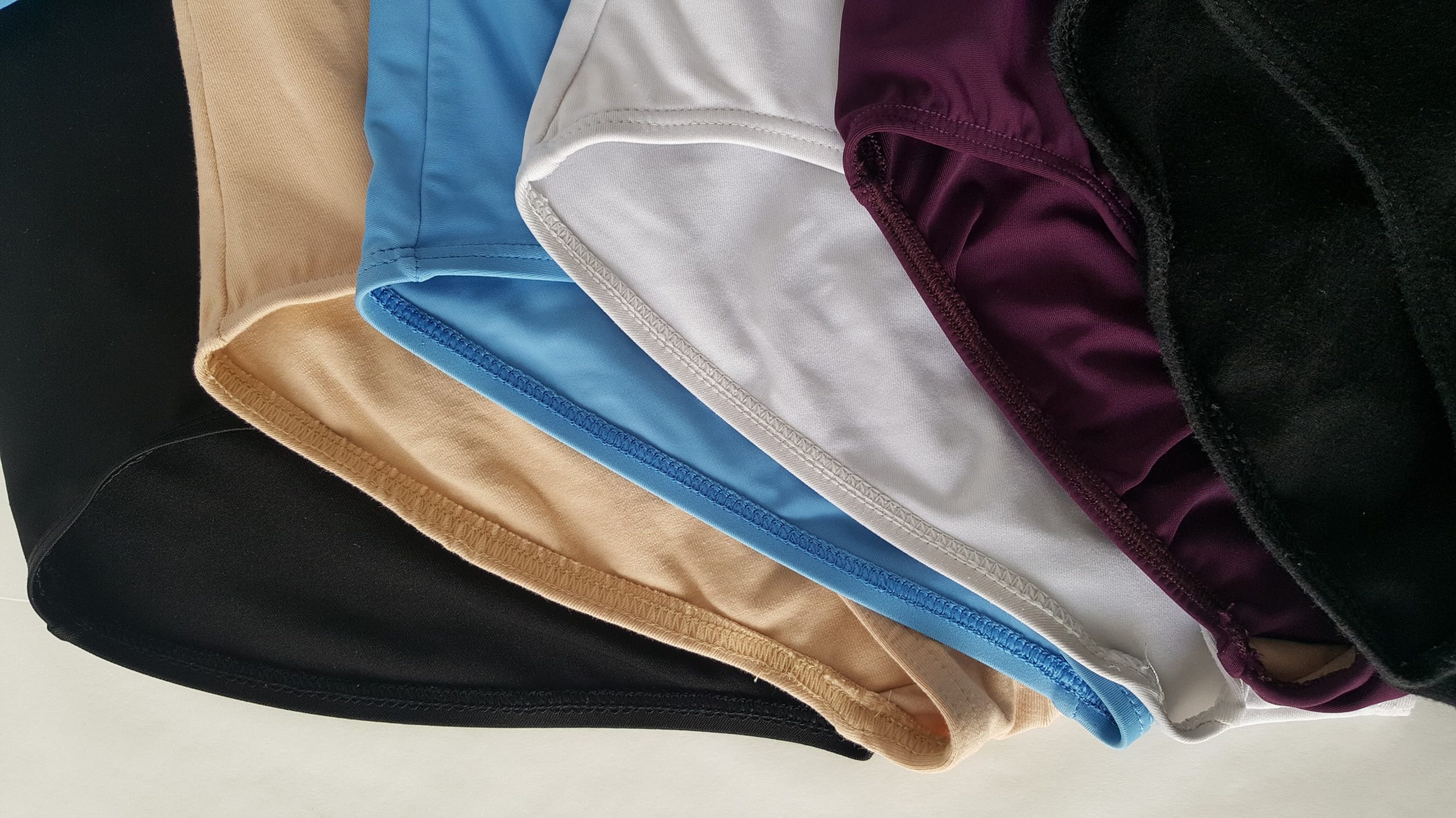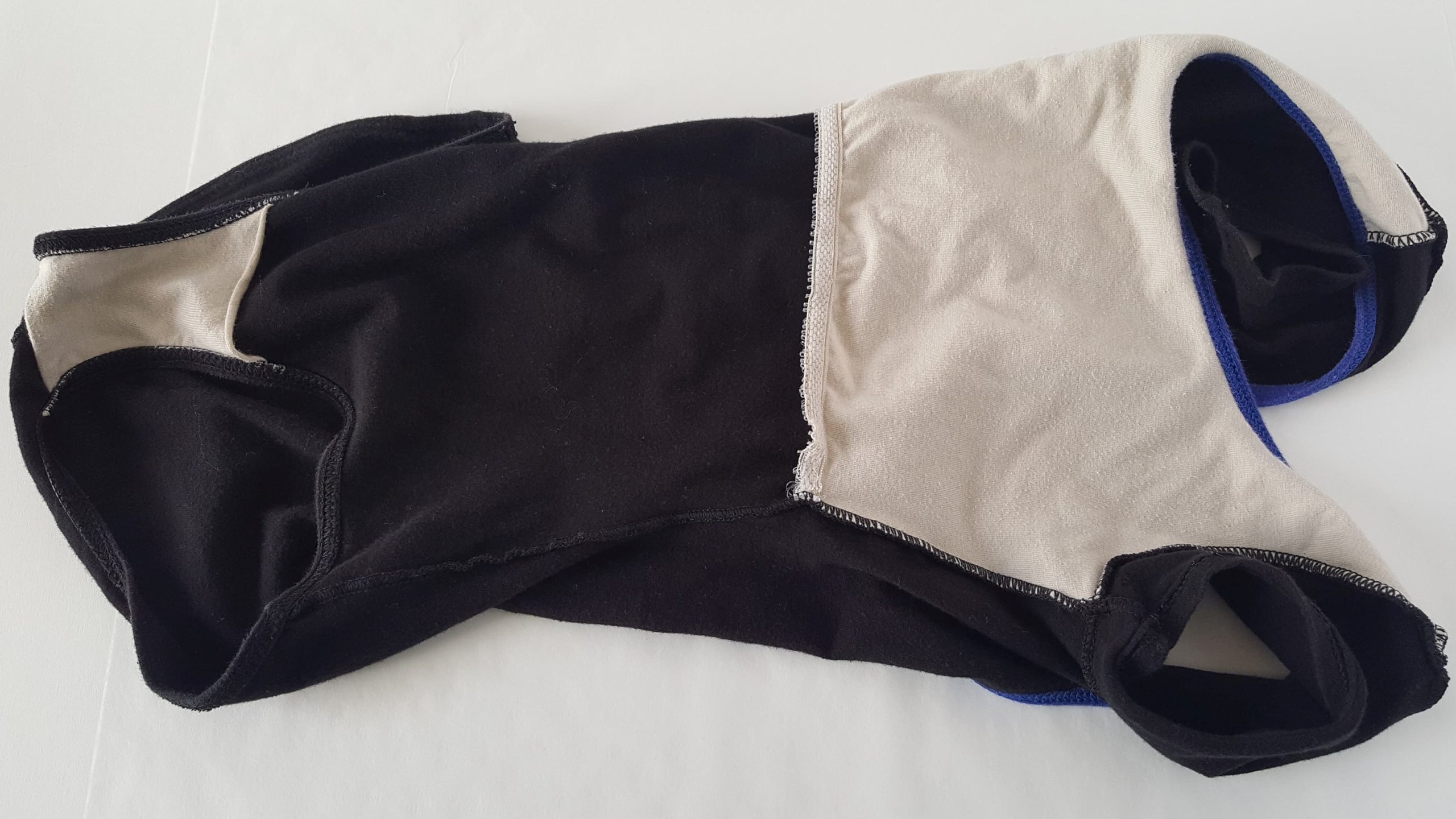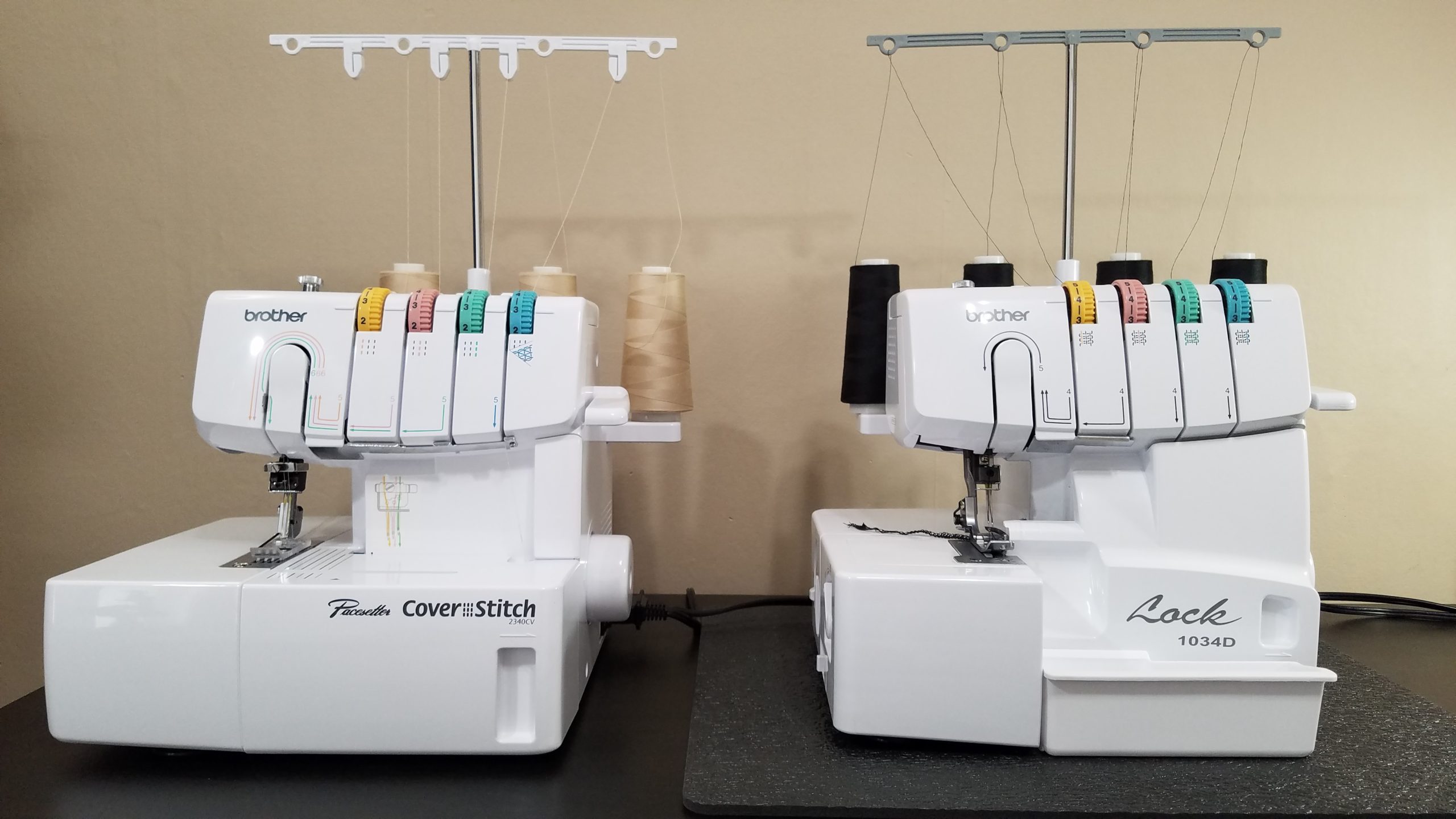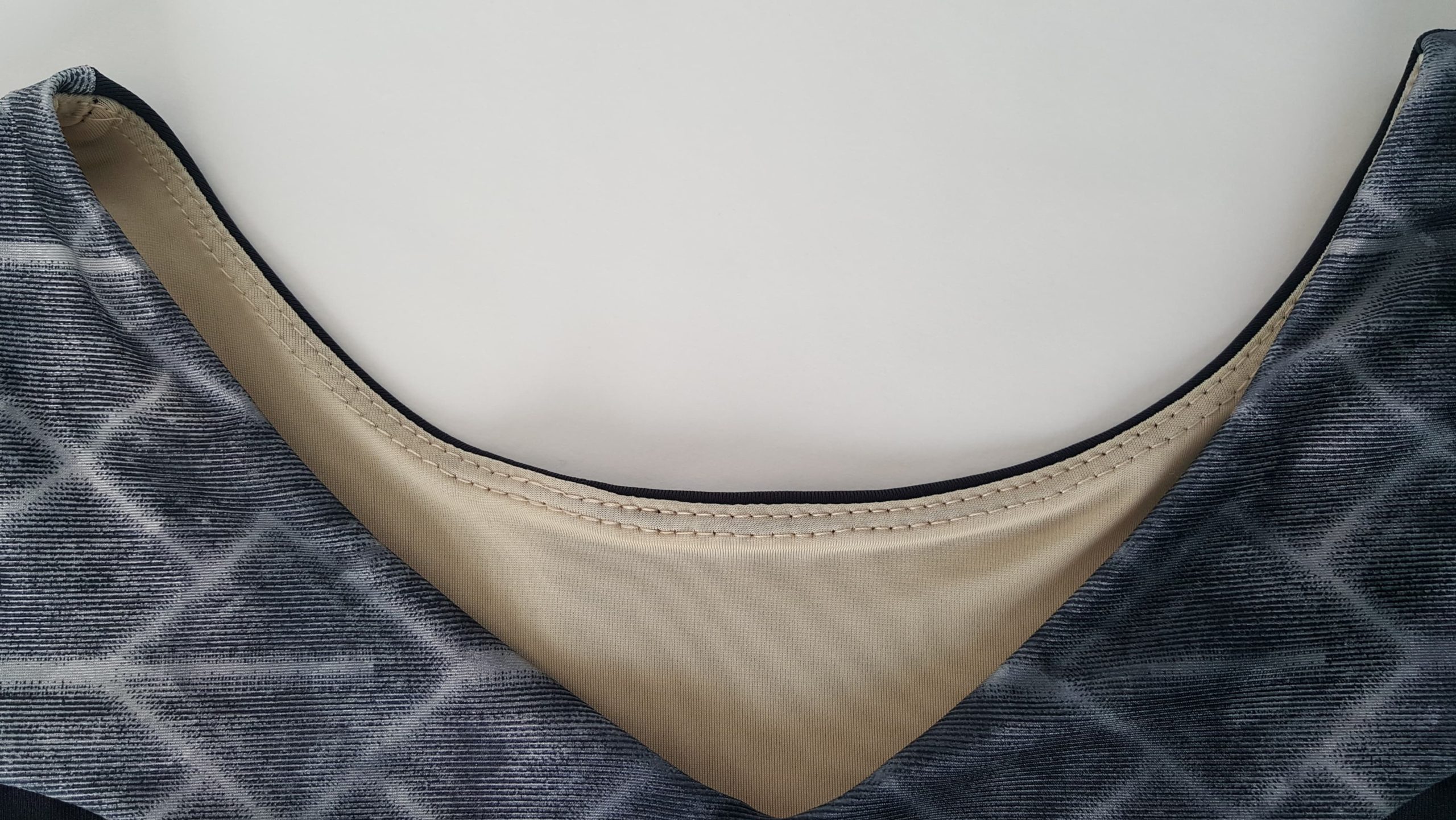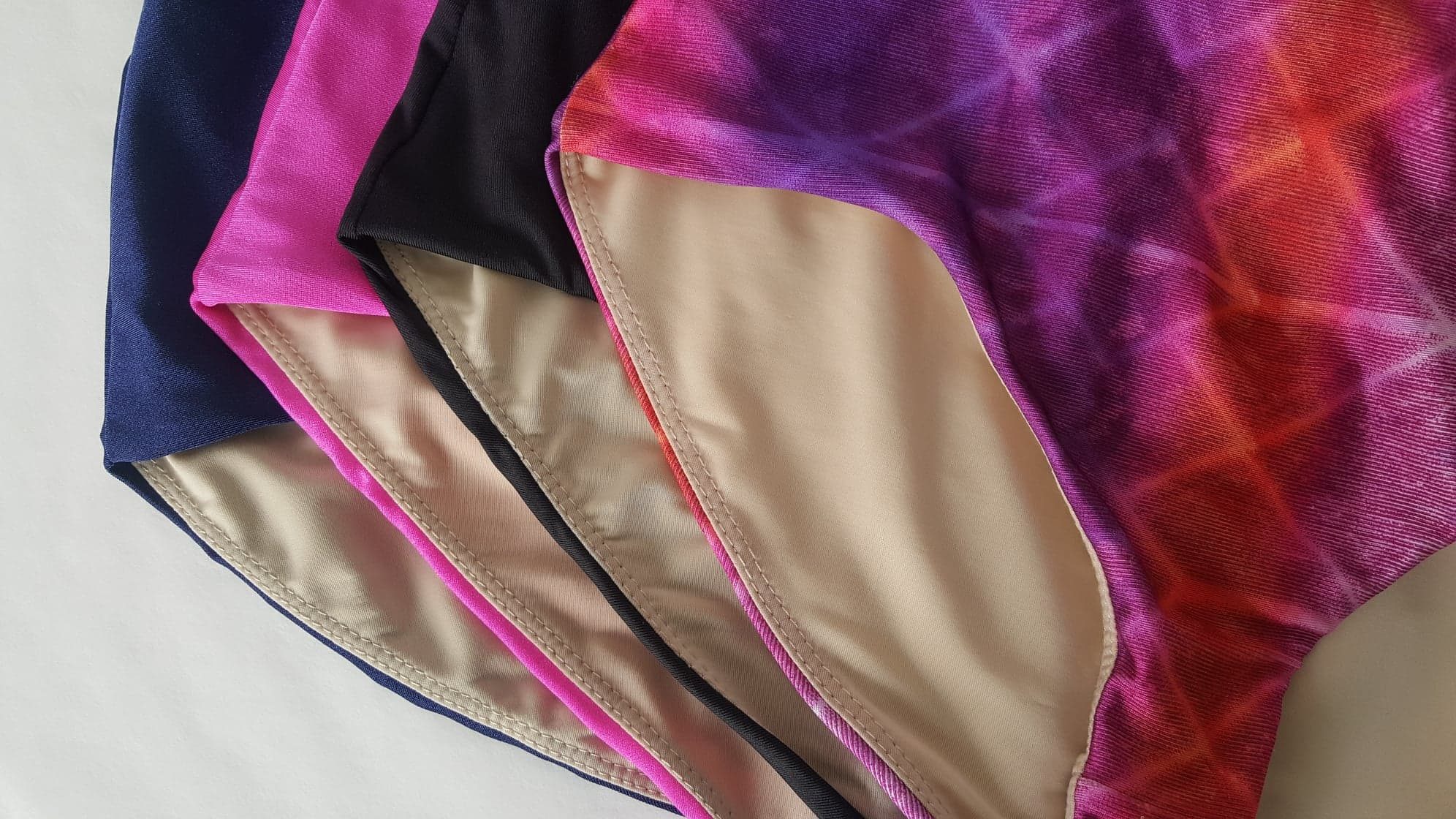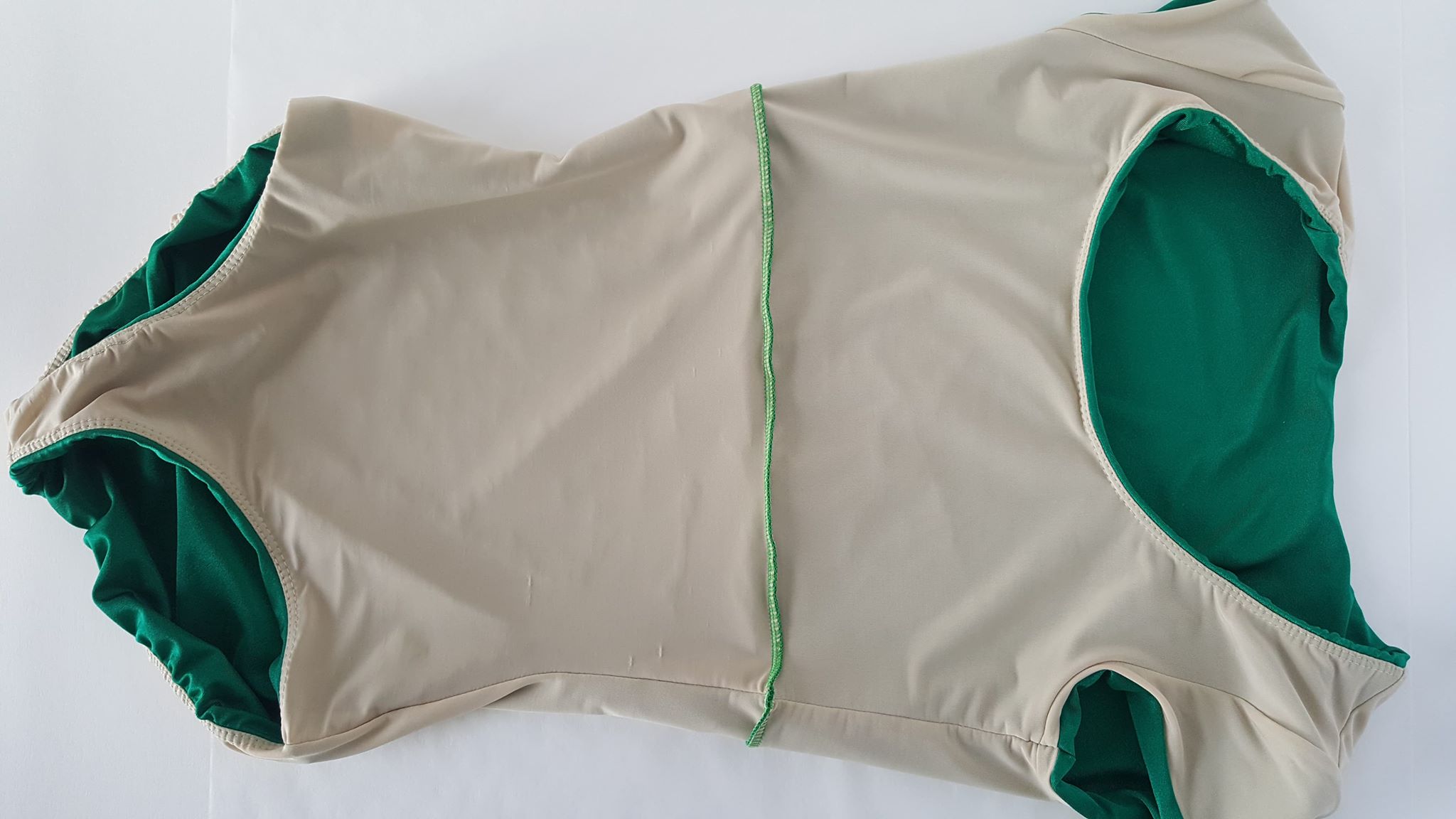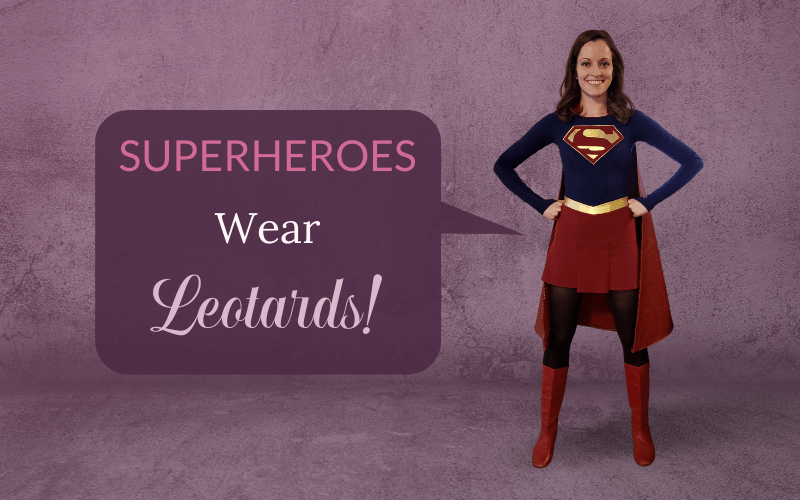
Superheroes Wear Leotards!
Today’s post is pretty much just about me having fun making a Supergirl leotard. 😁
Once upon a time I daydreamed about what kind of Halloween costume I might be able to make involving a leotard. I came up with several options (more on that in later posts), but ultimately I decided to start with Supergirl, since I already conveniently had red leather boots. Thank you, BYU Folk Dance! 😊
These pictures are from a couple of years ago, and I didn’t take photos of the whole process, but here are some of the highlights. This was before I came up with the methods I use for my Tia’s Leos leotards. That means this leotard isn’t as comfy, but this one was expensive enough without a lining, and it really was more about the look than the comfort, since I’d only wear it up to one day a year most likely, haha.
This picture is of all the pieces after I had drafted the pattern and cut out the fabric. Secret: for this pattern, I put on a leotard prototype that I didn’t care about, and I literally took a sharpie to it while wearing it to decide where exactly I wanted the seams and the Supergirl logo. Haha! I’m glad I did, too, because as I said, this leotard was expensive and I didn’t want to risk making a permanent mistake on that fabric. 😆
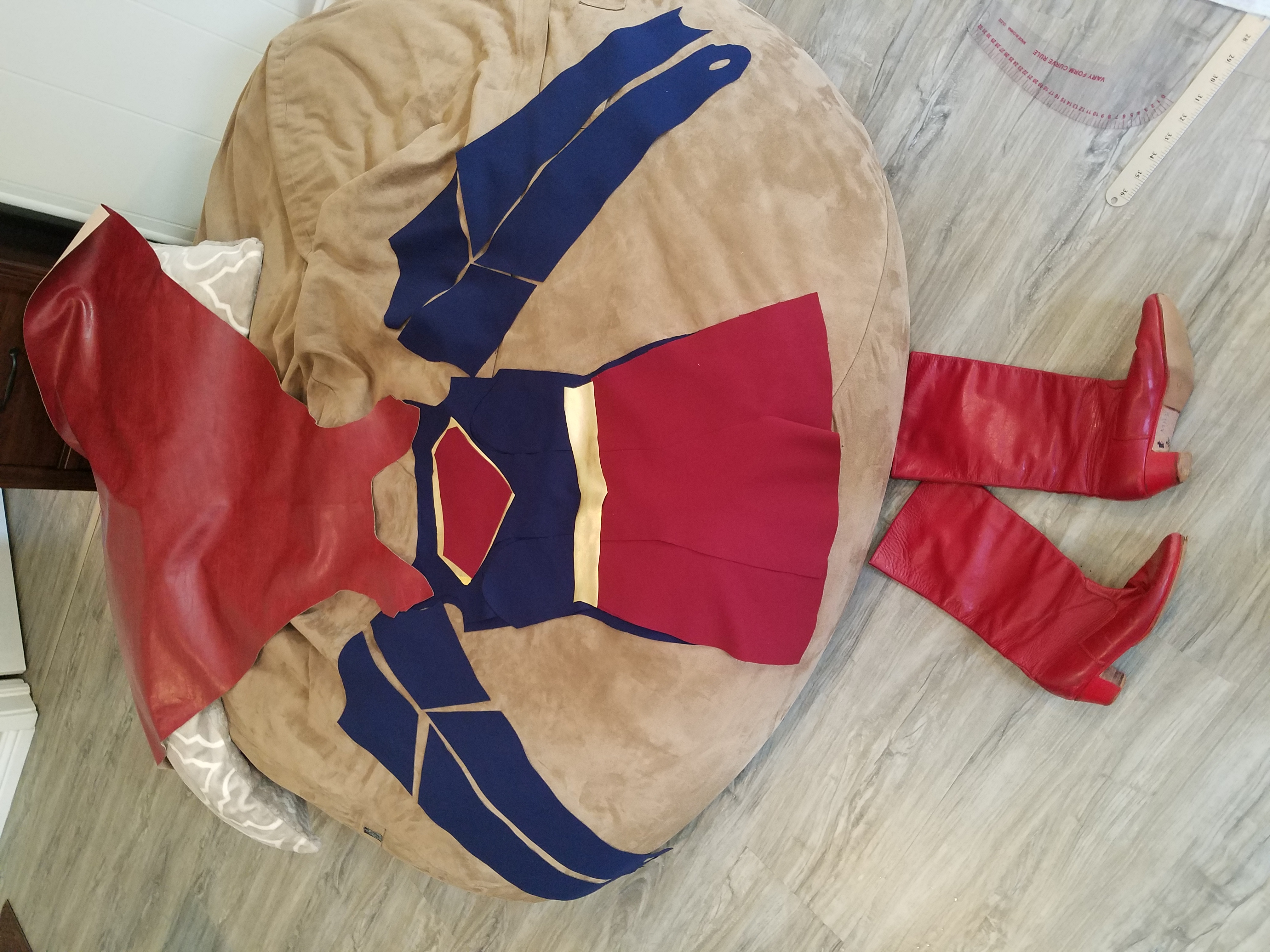
As you can see, the logo started out as two solid pieces of red and gold fabric. I transferred the pattern onto the red fabric, then carefully cut out parts of the fabric and folded them under to create the design. I held them in place with Dritz Wash Away Wonder Tape, and then zig-zag stitched it onto the leotard.
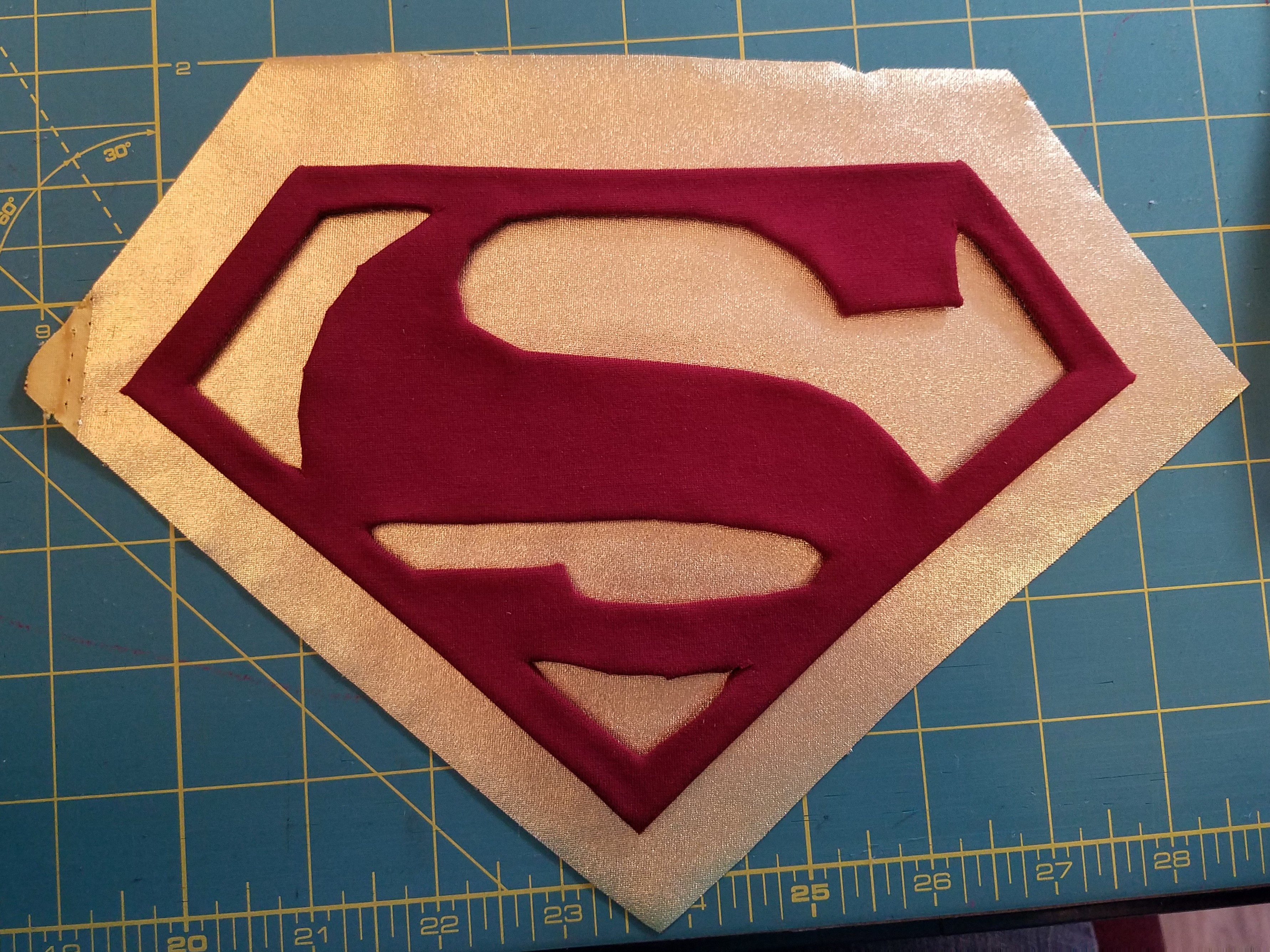
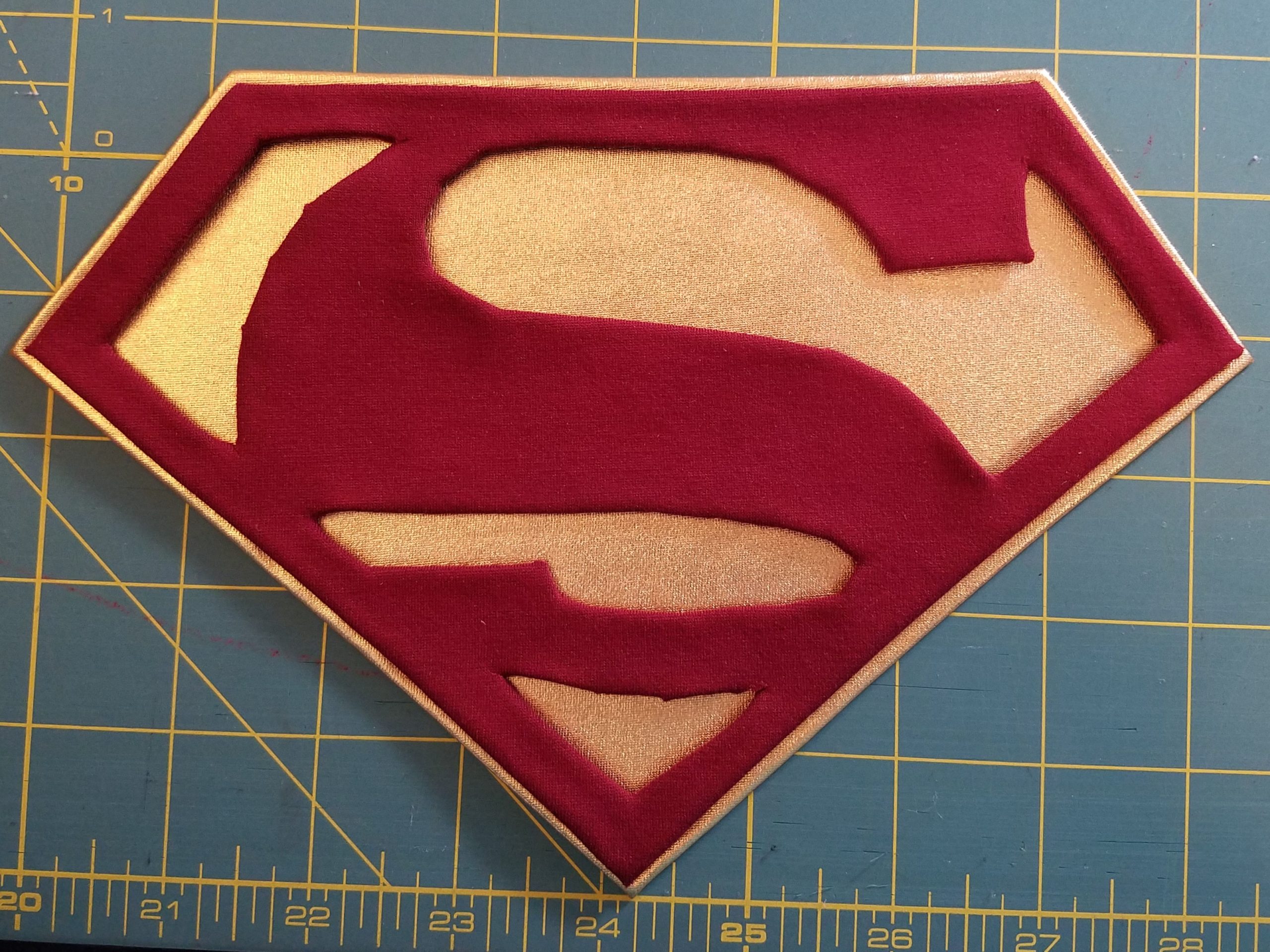
I used my coverstitch machine to topstitch the red on the blue over the seams. It was pretty fun to use an accent color to call attention to the seams, I don’t often do that. I thought the sleeves were especially fun.
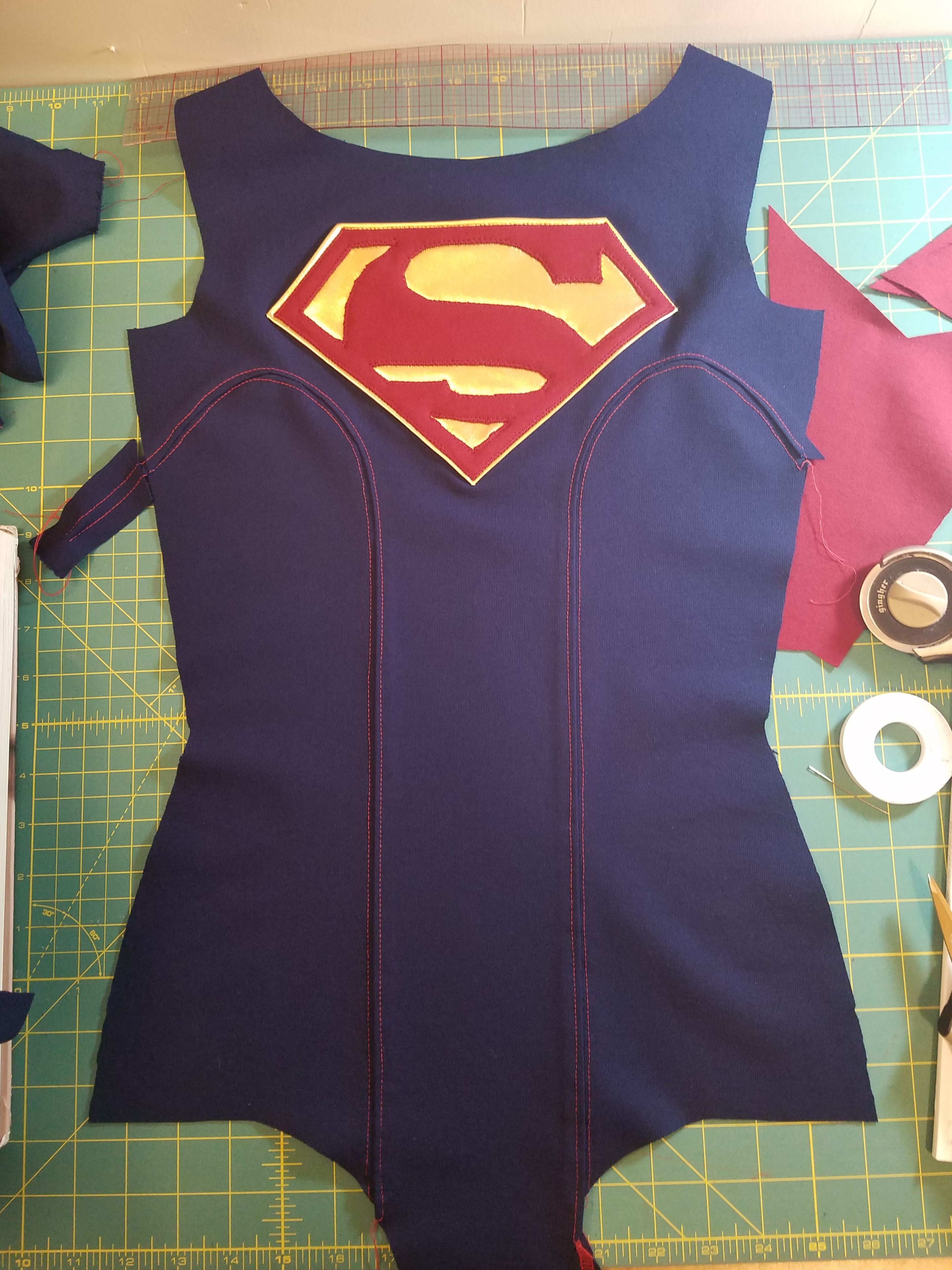
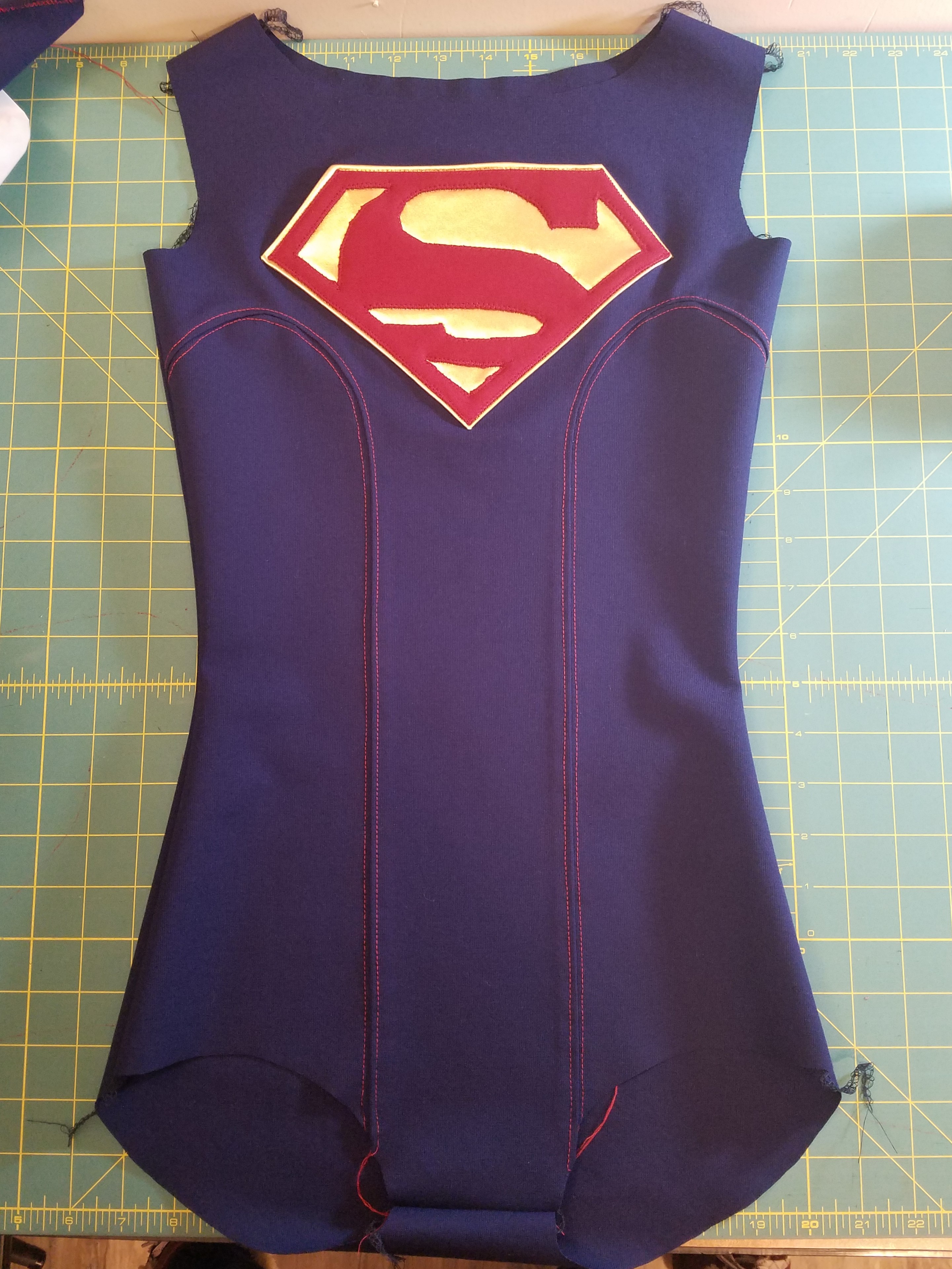
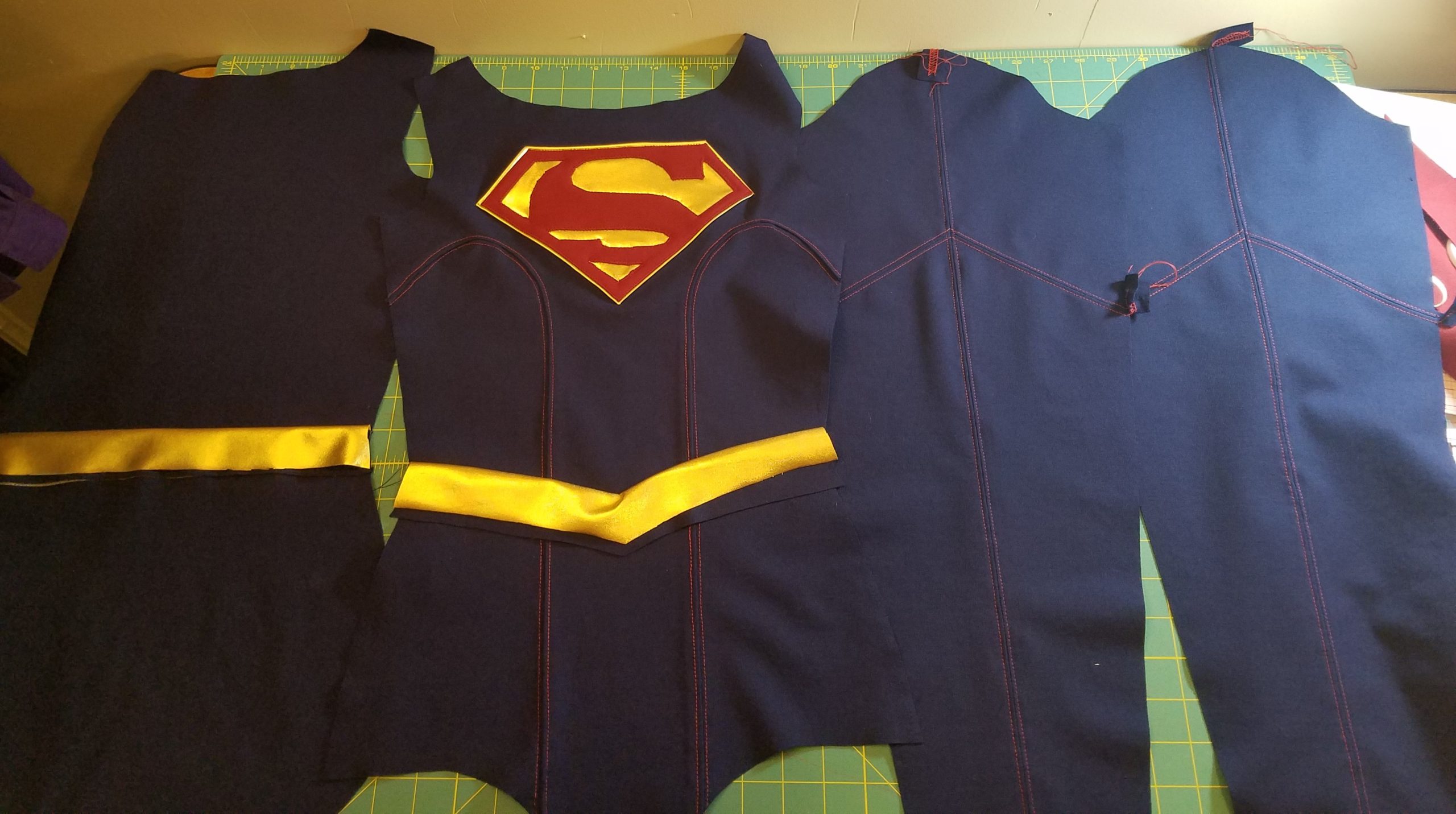
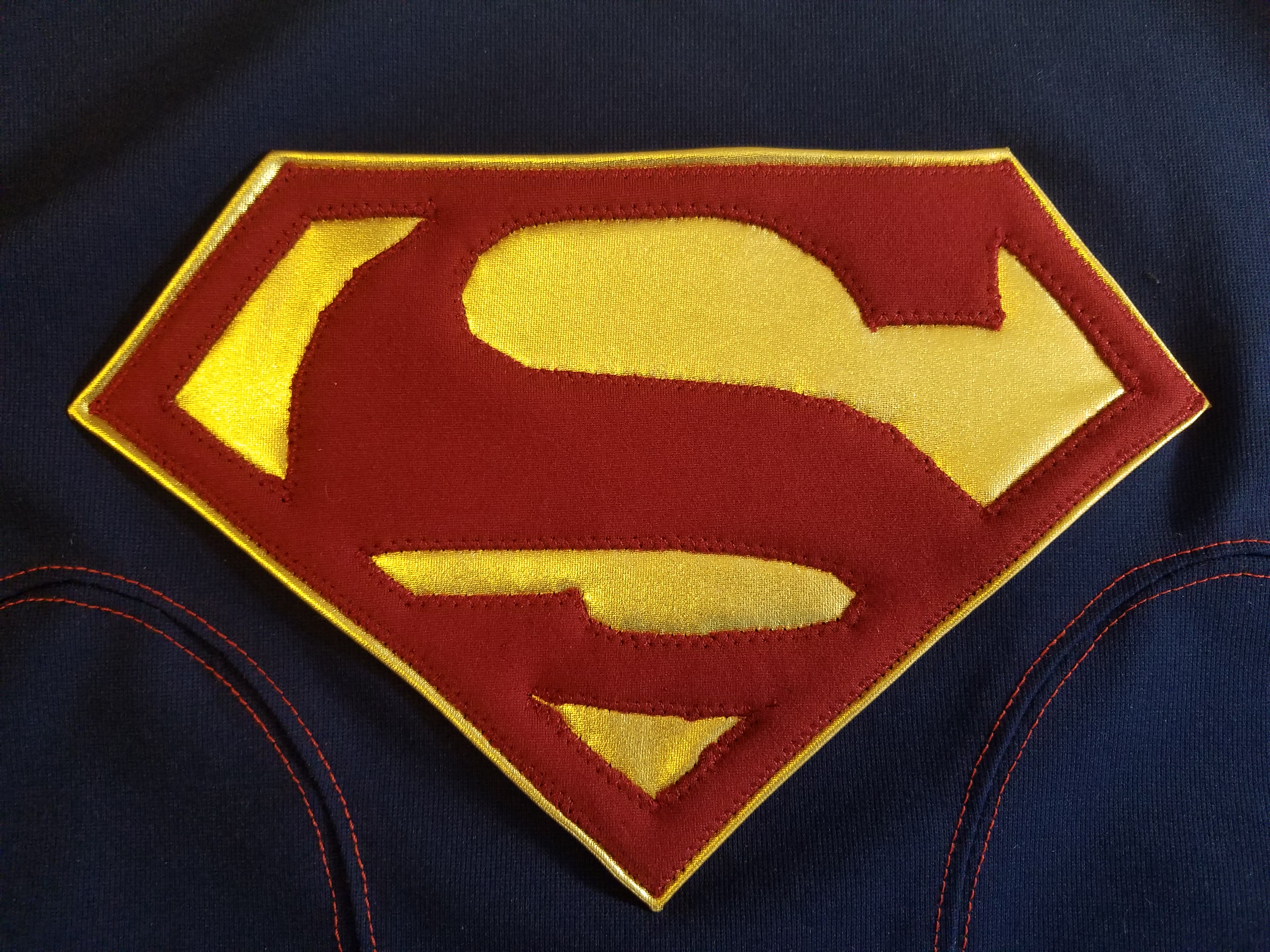
I sewed the skirt directly onto the leotard since it was a funky shape, with that V in the front, and I wanted it to sit in just the right spot and not slide up to my waist.
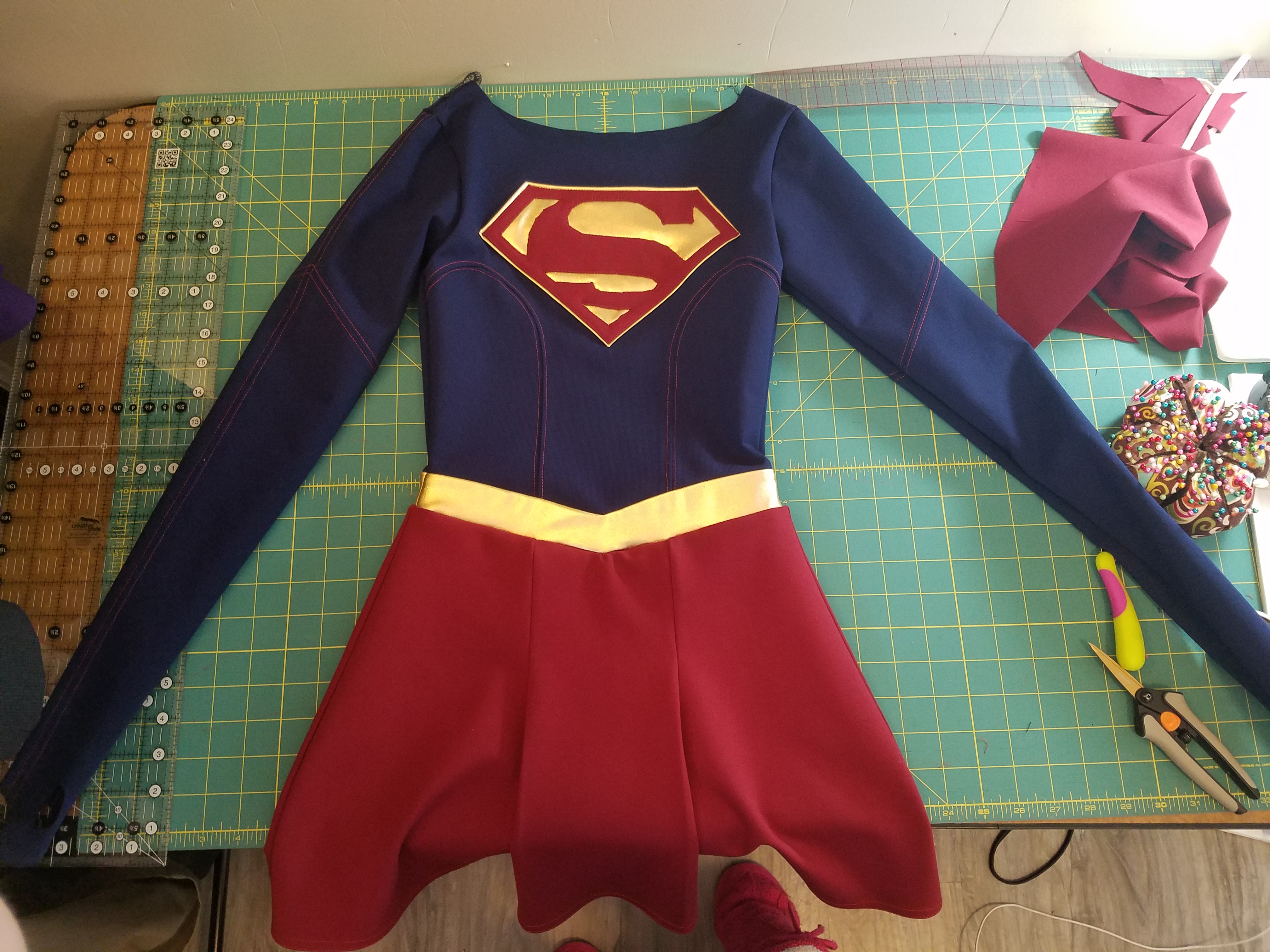
The fabric I used for the cape was some kind of thick pleather, and that sucked to sew through. 😆 It also was a beige color on the back side, so I had to sew a layer of red fabric onto it. I think I destroyed at least one needle attempting to sew through it, haha. It is far from the type of fabric I usually like to work with, haha! And it was okay for one costume, but I would not be a happy sewist if I had to work with that nonsense all the time.
(In case you didn’t know, I love stretch fabrics!! 😉)
I sewed a couple buttons onto the inside of my leotard, and cut button holes into the top of the cape, and I button my cape on after putting the leotard on.
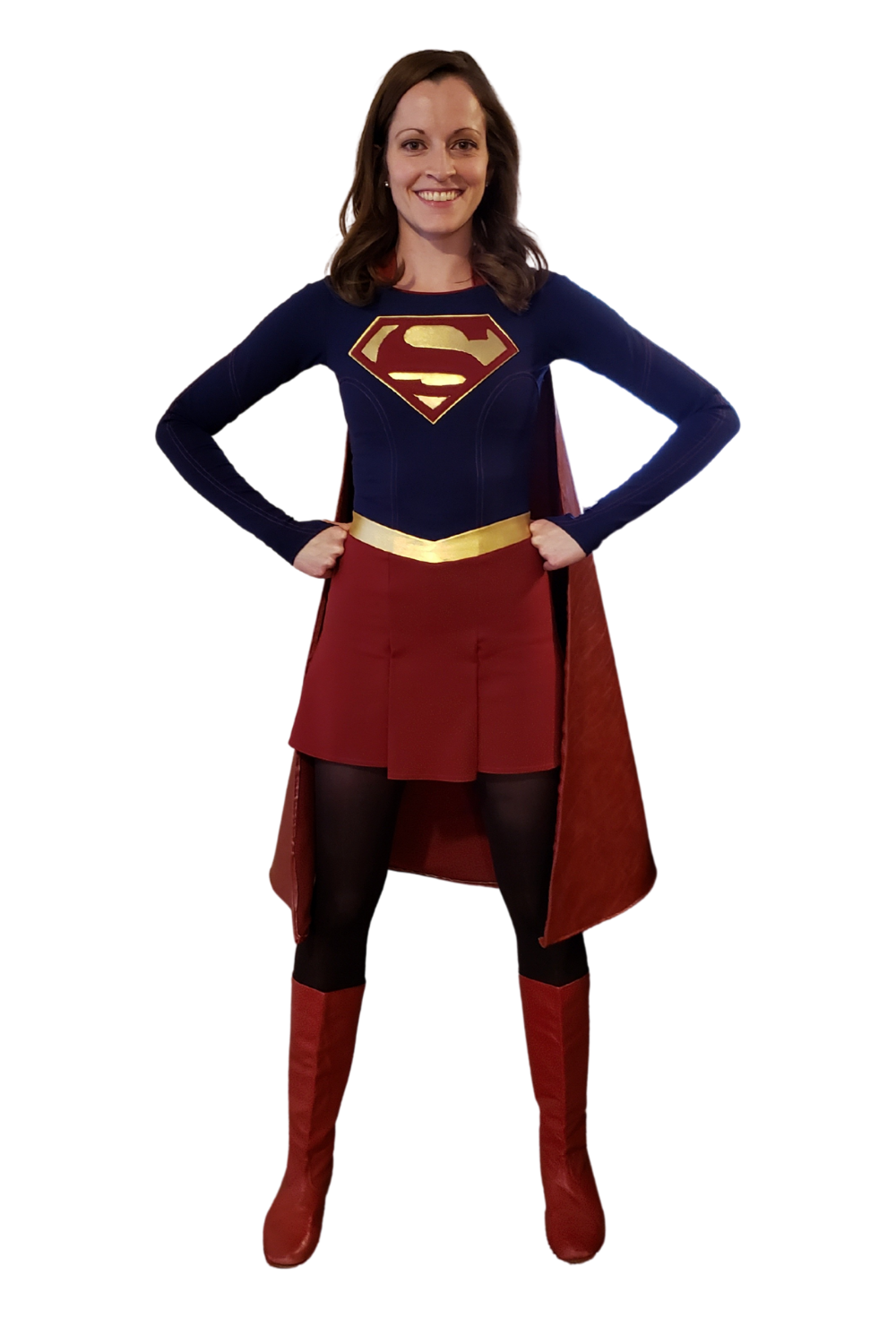
Anyway, last year we only got a couple trick-or-treaters, and they came before I put my costume on and curled my hair (which I only do like 2 or 3 times a year, tops 😆). So my husband helped me make it worth it by helping me find a grungy, city-ish looking wall in town and taking my picture. I need to work on building up the bulky superhero muscle, haha. But dancers are definitely superheroes in their own, lean-muscle way, right? 😊
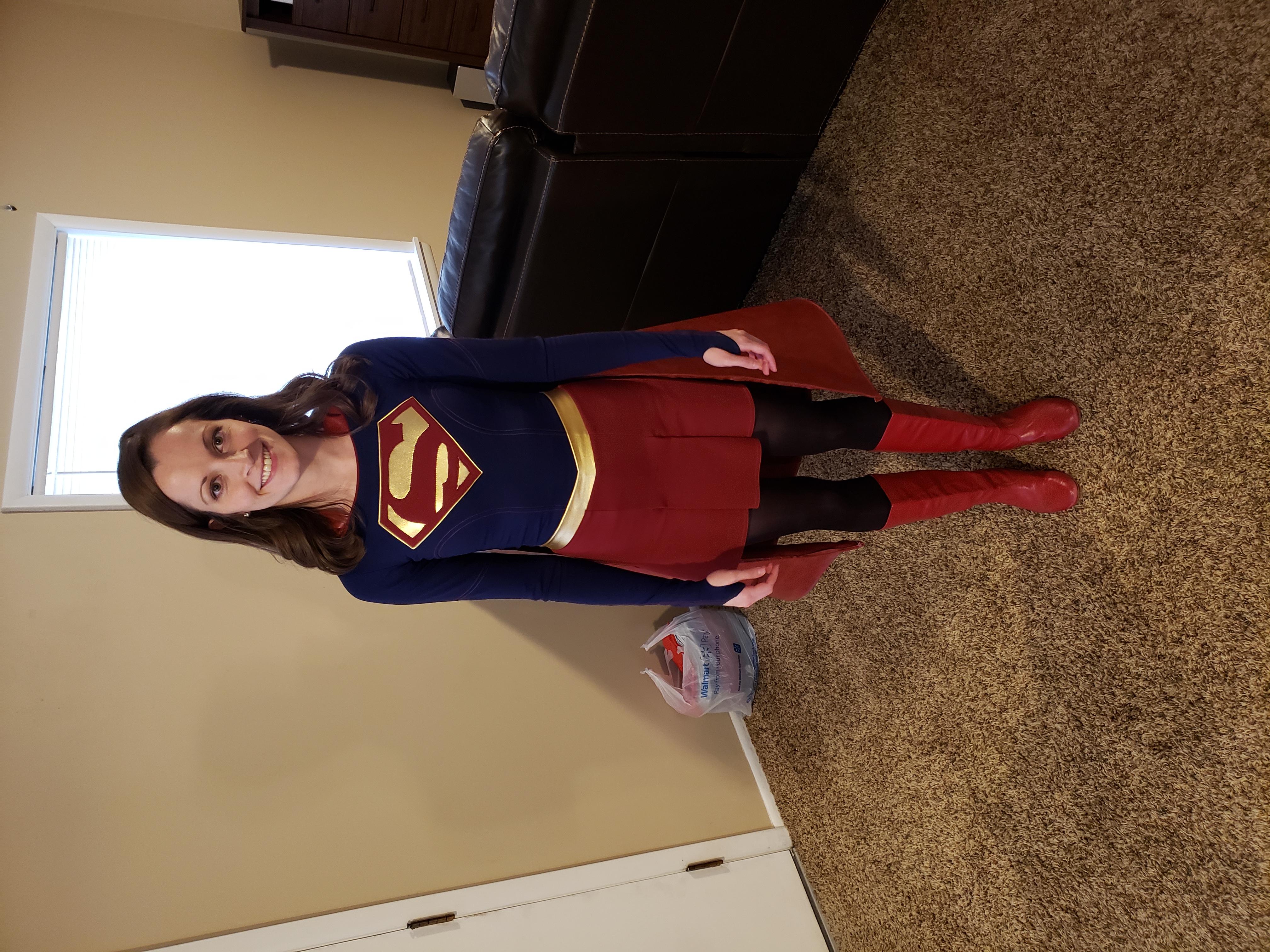
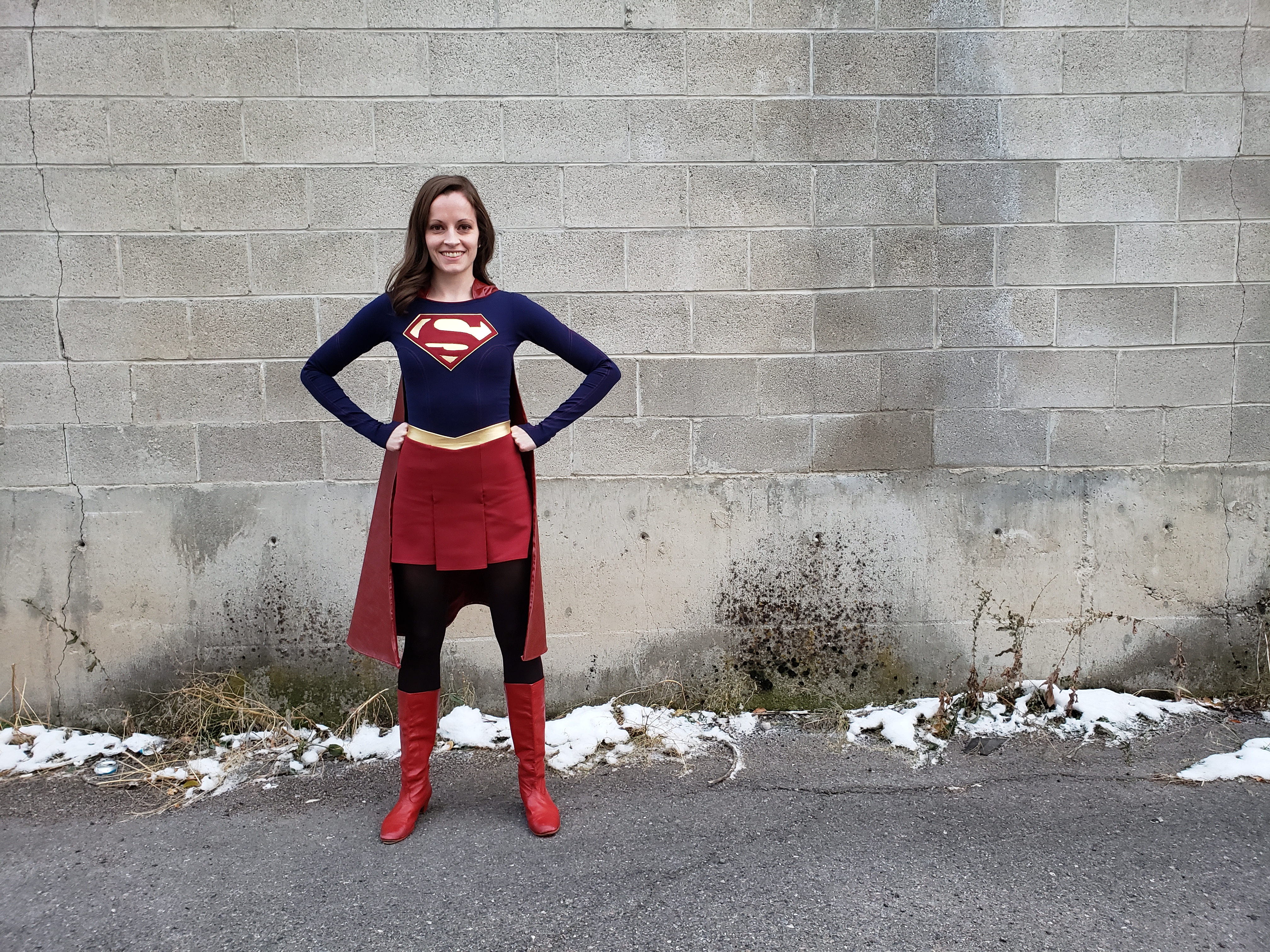
Thanks for reading about my Supergirl leotard fun! If you want to make leotards with me, you can sign up for my free DIY Athletic Leotard course below! 😃
